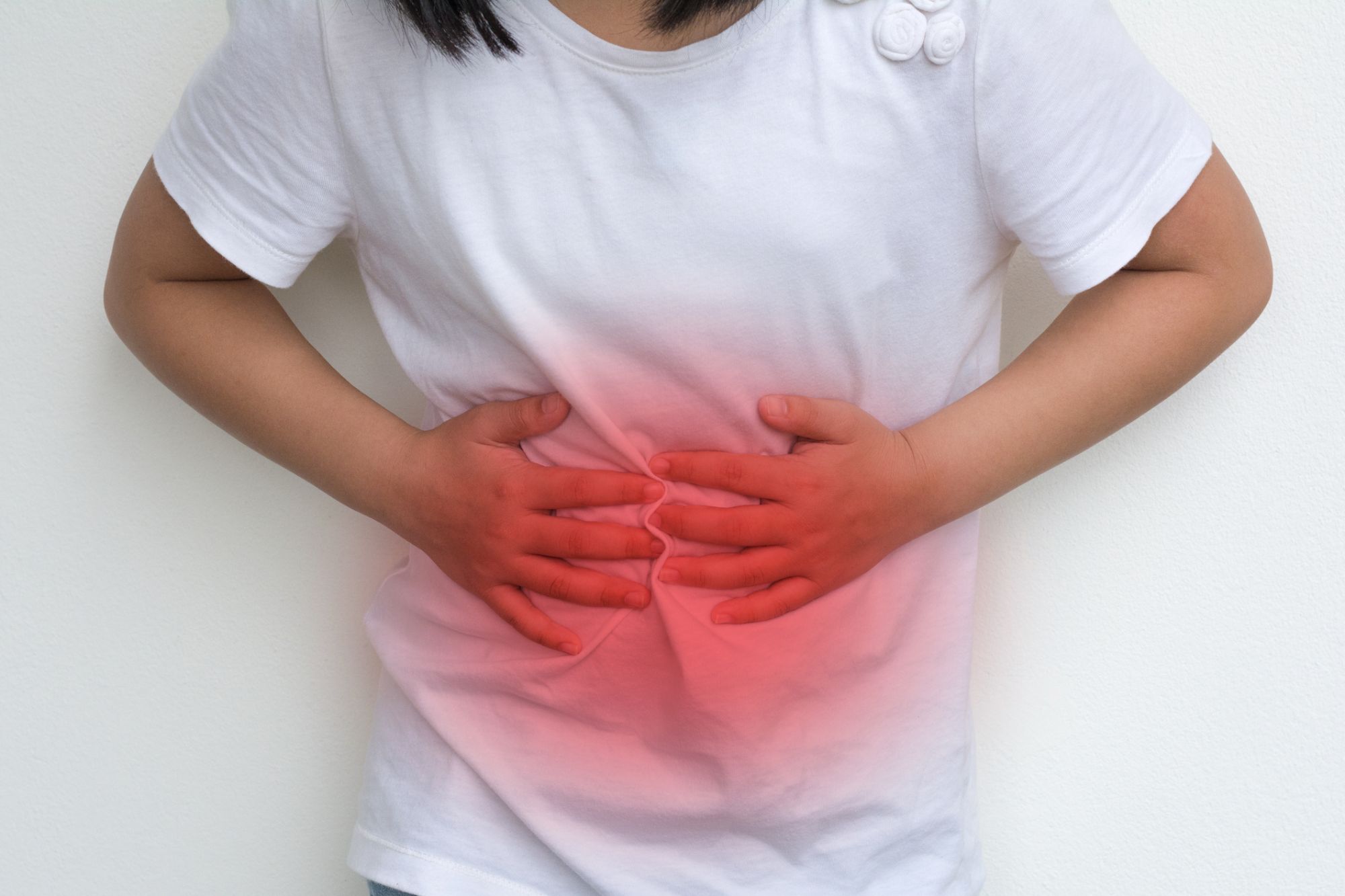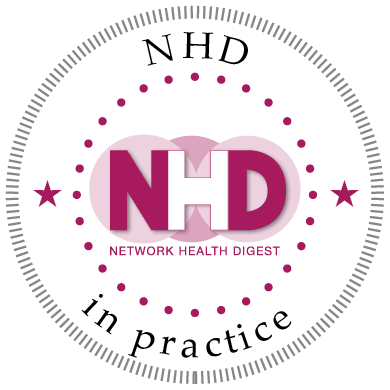Emma writes...
Thoughts, resources and comment from the NHD Editor.
Coeliac Disease Awareness - during the month of May

May is Coeliac UK's Awareness Month and whilst awareness of coeliac disease (CD) plays out all year round, I want to highlight this chronic autoimmune condition and the lifelong dietary treatment it requires.
. The effective management of symptoms and long-term complications comes via a gluten-free diet (GFD), with strict control of gluten intake and reducing the risk of cross-contamination where possible.
Approximately 1 in 100 people in the UK are affected by the condition, yet medical diagnosis is still relatively low, and there are an estimated 500,000 people who are experiencing CD symptoms.(1)
Symptoms can vary from person to person, but common problems include stomach pain, nausea, anaemia, fatigue and/or neurological problems.(1)
CD is caused by an autoimmune reaction when gluten is consumed. This leads to inflammation and damage to healthy villi, which line the small intestine. Gut symptoms such as diarrhoea, bloating, indigestion or constipation may present as a result. Absorption of nutrients, particularly calcium and iron, often becomes impaired due to damage to the villi. This can impact other systems in the body, both in the short and long term if left untreated.(2) In children, it can have a significant impact on growth and development.(2)
Dermatitis herpetiformis is an itchy rash with blisters that can affect 1 in 4 people with CD.(2) It can present on any area of the body, but commonly on the elbows, knees and buttocks. It is likely to improve once the GFD is implemented and maintained.
The longer-term impact of undiagnosed or poorly managed CD can include osteoporosis, iron deficiency anaemia, vitamin B12 or folate deficiency anaemia and in less common cases, low birthweight in pregnancy or bowel cancer.(2)
Gluten, oats and lactose
GLUTEN
Found in wheat, rye, barley and oats, gluten is a common component of the typical daily diet we consume within the UK. Therefore, appropriate dietary advice regarding naturally gluten-free (GF) options, GF alternatives and ensuing that the diet is adequate to meet the nutritional needs of the individual are key aspects to discuss with patients.
It can be daunting for patients to adjust their dietary intake and lifestyle in order to ‘become GF’. However, dietitians and nutritionists are well placed to support in this transition and with the ongoing maintenance.
Additional aspects to discuss with patients with a CD diagnosis include: more information about CD and its management; the GFD and how to eat well GF; how to read food labels; cooking and eating out; and avoiding/managing cross-contamination.(3)
The British Dietetic Association (BDA) provide an overview of the GFD via their factsheet - Coeliac disease and gluten-free diet - BDA.
Coeliac UK Home - Coeliac UK have a wide range of digital resources for healthcare professionals and patients, which include patient videos, an eating out guide, GF recipes and the longstanding and very useful ‘Food and Drink Information’ resource, which provides product suitability on nearly 150,000 GF and mainstream foods.
A GFD should only be implemented if an official medical diagnosis of CD is confirmed.
OATS
Oats can be incorporated into a GF diet if they are processed in a GF manufacturing environment and there is no risk of cross-contamination by other gluten-containing cereals, which may have been processed in the same facility.(3)
Only oats labelled as GF are suitable for consumption by people with CD. However, oats contain avenin, a protein with similarities to gluten. A small number of people with CD are sensitive to avenin and may experience symptoms as a result of consuming it. This may mean exclusion is required, so patients should be advised accordingly.
LACTOSE INTOLERANCE
Lactose intolerance (LI) is the impaired absorption and digestion of lactose, the sugar present in milk.
LI can have very similar symptoms to CD and is often associated with undiagnosed CD.(4) Usually, the LI is temporary and improves as the gut recovers following diagnosis and the implementation of the GFD. Tailored management whilst symptoms are present and an exclusion period of lactose-containing foods with gradual reintroduction may be required.(4) Replacement with lactose-free alternatives and guidance on meeting nutritional requirements, particularly calcium, during this period supports patient well-being and recovery.
Nutrients
The nutritional requirements of patients with CD are largely the same as those of the general public, but there are some specific considerations for certain nutrients.
Calcium and vitamin D requirements:
Calcium - 1000mg per day for adults
Vitamin D – 10ug per day for those > 4 years
Rationale: Low bone mineral density is common in people with coeliac disease at diagnosis. Ensure adequate intake of calcium and vitamin D is achieved.
Iron requirements:
As per Department of Health, Dietary Reference Values for Food Energy and Nutrients for the United Kingdom, HMSO, 1991(5)
Rationale: Malabsorption may occur as a result of damage to the villi. 25% of adults are estimated to be anaemic due to iron deficiency upon diagnosis with CD.
Folic acid requirements:
5mg per day for women with CD
Rationale: Recommended for women during the three months before conception and the first 12 weeks of pregnancy. Higher risk of malabsorption in those with CD; therefore, higher intake is recommended. Folic acid is important during pregnancy to protect against neural tube defects (NTDs) such as spina bifida.
Vitamin B12 requirements:
As per Department of Health, Dietary Reference Values for Food Energy and Nutrients for the United Kingdom, HMSO, 19915.
Rationale: Folic acid supplementation may mask the symptoms of vitamin B12 deficiency, so regular monitoring is recommended.
FIBRE
Achieving an adequate fibre intake in CD can be challenging for some patients, and the GFD can be lower in fibre and wholegrain sources due to the exclusion of wheat, barley and rye. There may also be reluctance to increase fibre intake for some patients where there have been long-term or significant unpleasant gut symptoms.
However, encouraging a good fibre intake is part of a healthy GF diet. Daily fibre requirements in CD are the same as the general public, with adults requiring around 30g per day, with children needing between 15-25g per day (dependent on age).(6)
Guidelines and recommendations
The current guidelines and position papers regarding the diagnosis and management of CD are in place and can be accessed via the links below.
National Institute for Health and Care Excellence (NG20 NICE, 2015) Overview | Coeliac disease: recognition, assessment and management | Guidance | NICE
British Society of Gastroenterology (2014) Coeliac Disease Guidelines | BSG
European Society of Paediatric Gastroenterology Hepatology and Nutrition (2022) espghan-position-paper-on-management-and-follow-up-of-celiac-disease.pdf
Let's raise awareness...

Raising awareness of CD symptoms has been the mainstay of Coeliac UK’s annual Coeliac Awareness Week, which is held each year in May. The campaign is the driving force in ensuring that the estimated 500,000 undiagnosed people within the UK are guided towards a diagnosis and ultimately, effective treatment.
Healthcare professionals play a key role in highlighting symptoms of CD and signposting people to the right diagnosis, treatment and support they need.
Symptoms of CD can be misdiagnosed as irritable bowel syndrome (IBS), and with 1 in 4 people with CD having had a previous incorrect diagnosis of this condition, it’s paramount to ensure that anyone with IBS-type symptoms is screened for CD.(7)
NICE guidelines CG61 Irritable bowel syndrome in adults: diagnosis and management Overview | Irritable bowel syndrome in adults: diagnosis and management | Guidance | NICE, and NG20 Coeliac disease: recognition, assessment and management Overview | Coeliac disease: recognition, assessment and management | Guidance | NICE, are in place to ensure that this occurs, however, as we’ve seen from the Coeliac UK statistics, many people across the UK are still going undiagnosed. So, it’s still vital to consider ‘Is it Coeliac Disease?’ when working with patients or clients who present with CD-like symptoms.
References
Coeliac UK (2025) Awareness Month 2025. Awareness Month 2025 - Coeliac UK
NHS (2023) Overview -Coeliac disease. Coeliac disease - NHS
Coeliac UK (2025) The gluten free diet. The gluten free diet - Coeliac UK
Coeliac UK (2025) Lactose Intolerance. Lactose intolerance - Coeliac UK
Department of Health (1991) Dietary Reference Values for Food Energy and Nutrients for the United Kingdom. Dietary_Reference_Values_for_Food_Energy_and_Nutrients_for_the_United_Kingdom__1991_.pdf
SACN (2015) Carbohydrates and Health. Carbohydrates and Health
Coeliac UK (2025) Irritable bowel syndrome (IBS). Irritable bowel syndrome (IBS) - Coeliac UK

Emma has been a Registered Dietitian for over 18 years and has experience in adult and paediatric dietetics. She has been the Editor of NHD for nine years, steering the editorial content and supporting the production process.
Emma currently works in industry.

